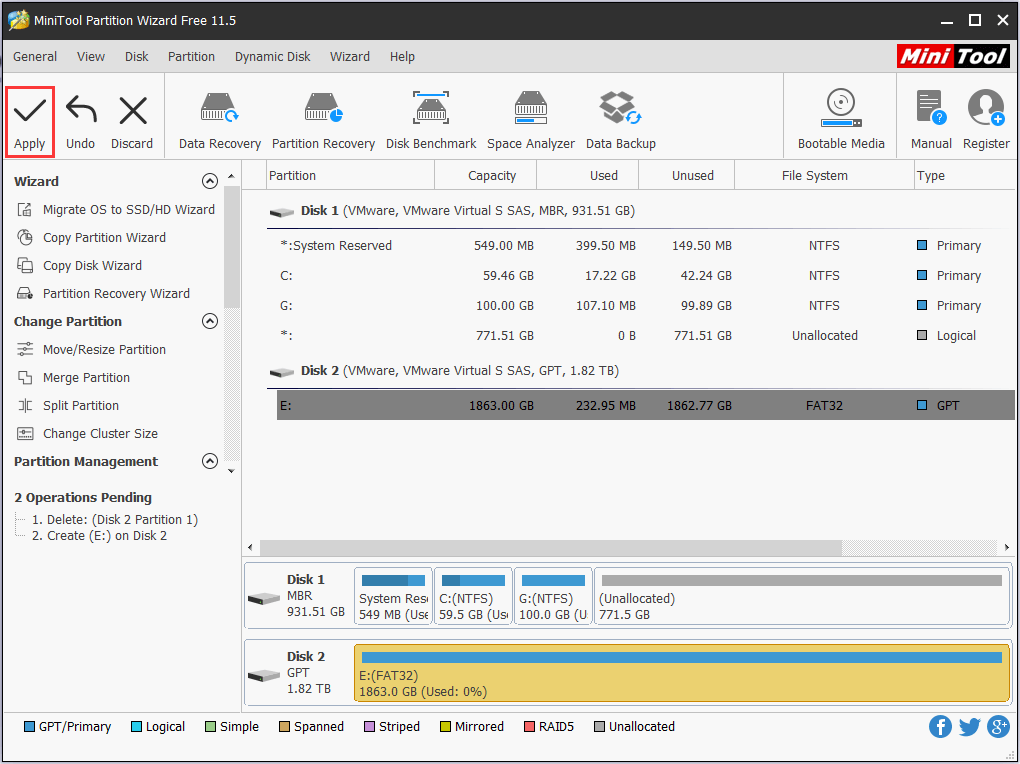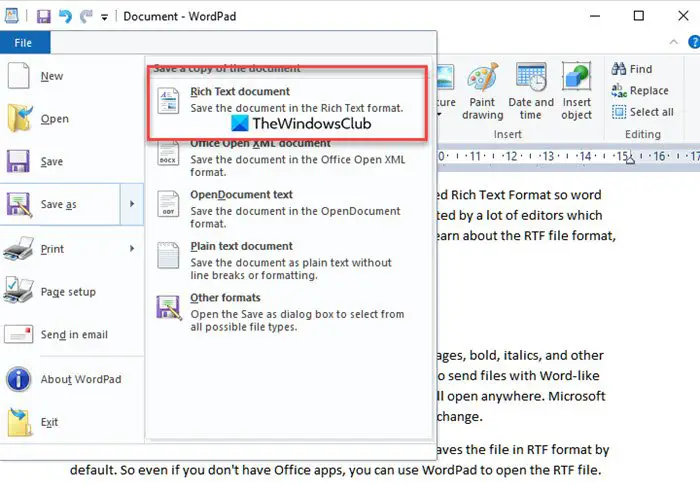
Video media is used to store compressed and uncompressed image data in QuickTime movies. Movie Media discusses movie media which is used to encapsulate embedded movies within QuickTime movies. VR Media describes the QuickTime VR world and node information atom containers, as well as cubic panoramas, which are new to QuickTime VR 3.0. Hint Media describes the additions to the QuickTime file format for streaming QuickTime movies over the Internet. Streaming Media describes how streaming media is stored in a QuickTime file. Track References describes a feature of QuickTime that allows you to relate a movie’s tracks to one another.ģD Media discusses briefly how QuickTime movies store 3D image data in a base media. Modifier Tracks discusses the capabilities of modifier tracks.

Tween Media discusses tween media used to interpolate between pairs of stored values.

Sprite Media discusses sprite media used to store character-based animation data in QuickTime movies. MPEG-1 Media discusses MPEG-1 media used to store MPEG-1 video and MPEG-1 multiplexed audio/video streams in QuickTime movies. Music Media discusses music media used to store note-based audio data, such as MIDI data, in QuickTime movies. Subtitle Media discusses tx3g text media used to store subtitle data in QuickTime movies. Text Media discusses text media used to store text data in QuickTime movies.Ĭlosed Captioning Media discusses text media used to store CEA-608 closed captioning data in QuickTime movies. Timecode Media describes time code media used to store time code data in QuickTime movies. Timed Metadata Media discusses time-based metadata media in QuickTime movies. Sound Media discusses sound media used to store compressed and uncompressed audio data in QuickTime movies.

Video Media describes video media, which is used to store compressed and uncompressed image data in QuickTime movies. This chapter is divided into the following major sections: For the latest updates and postings, be sure to see Apple's QuickTime developer website. If you are a QuickTime application or tool developer, you’ll want to read this chapter in order to understand the fundamentals of how QuickTime uses atoms for storage of different media data. This chapter discusses in detail each of these different media data atom types. QuickTime uses atoms of different types to store different types of media data-video media atoms for video data, sound media atoms for audio data, and so on.


 0 kommentar(er)
0 kommentar(er)
